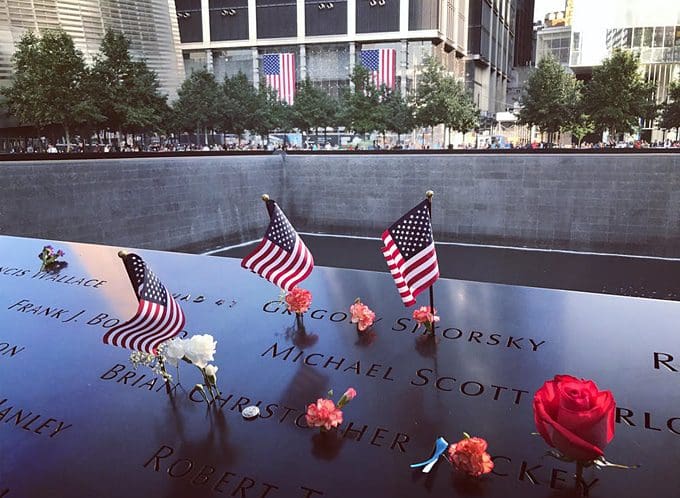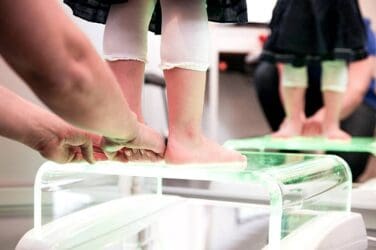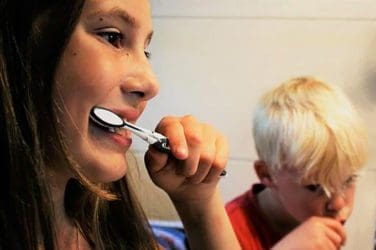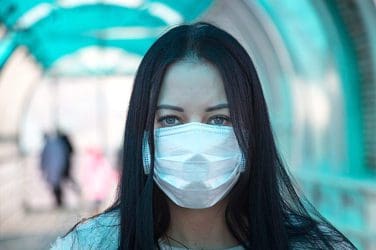words Al Woods
September 11 of 2001 became an infamous date in modern history when a group of terrorists hijacked several commercial airliners and used them for a series of suicide attacks across the United States, targeting major landmarks and killing close to 3,000 people in the process. It was a terrible, tragic event, and the effects of that day are still taking their toll on many people, mentally and physically.
When the attacks in Lower Manhattan occurred, the huge amount of damage to the area around the World Trade Center caused a large dust cloud to form, filled with a range of different particles, including everything from asbestos to benzene. Recent studies have shown that those who were exposed to the cloud may be at a much higher than average risk of developing cancer.

How 9/11 May Lead to Higher Risks of Cancer
In the wake of the 9/11 terrorist attacks, a fund known as the September 11th Victim Compensation Fund or VCF was established in order to pay compensation to those who had been directly affected by the incident, either by losing a loved one, getting physically injured, or developing a health condition associated with the tragedy.
The fund paid out a lot of money in the weeks, months, and years after 9/11, but was shut down in 2003. However, in 2001, it had to reopen once again, as scientific studies revealed that many people who were present in the ‘Ground Zero’ area around the time of the September 11 attacks were developing long-term health conditions like thyroid cancer.
Research has shown that these conditions are connected to the aforementioned dust cloud which appeared around Lower Manhattan after the attacks, formed by the huge amount of dust, debris, and destruction which occurred when the Twin Towers fell and made up of many different particles and elements, some of which are classed as carcinogenic.
The dust cloud was most visible and dangerous immediately after the attacks, but it lingered in the city for some time, and many of those who were exposed are only now seeing the consequences. It is believed that particles, like asbestos, were inhaled into people’s bodies and remained there for many years, slowly damaging cells and tissue, leading to the gradual development of cancers.
Help Is Available
While the damage done by the dust cloud and the events of 9/11 cannot be undone in any way, various programs have been developed in order to assist those who have been affected by these events. The aforementioned VCF is one example of this, responsible for paying out compensation to those who have developed cancers and other health issues associated with 9/11.
Those who feel that they may have been affected are able to apply to the VCF, filling out their own personal application form and submitting it to the fund body, along with accompanying evidence and justification to show that they were present in the Lower Manhattan area between September of 2001 and May of 2002.
Another program which has been developed to aid those affected by 9/11 is the World Trade Center (WTC) Health Program. Authorized and funded through to the year 2090, this program partners with a range of healthcare providers around America in order to offer treatment and care to people who were present at Ground Zero, including first responders, those who assisted with the clean-up after the attacks, and people who were simply living or working in the area.
The WTC program, like the VCF, runs on an application system, with those who feel that they may have been affected by 9/11 encouraged to submit their applications. Again, supporting documentation will be needed to prove that the individual in question was present at the time, and this evidence may include anything from student ID cards to rental agreement papers.
Steps to Take
Those who believe they may have a claim to make with either the VCF or WTC Health Program should not delay. There’s no need to suffer alone when these programs exist to offer the medical care and financial support you need, and the following steps can assist you with obtaining compensation.
Research Online
A lot of people make mistakes when applying for a program like the VCF or WTC Health Program, leading to complications and rejections which then need to be appealed, so it’s wise to not simply rush right in with this process.
Take some time beforehand to learn more about how these programs work and read through the various eligibility requirements and lists of supporting documents. This will assist you in terms of knowing which kind of claim to make and how to ensure that it will be successful.
Collect Supporting Documents
When making a claim with either the VCF or WTC program, you’ll need to provide a range of supporting documentation and evidence which is designed to show that you were actually present at the time or in the wake of the 9/11 attacks.
Since it has been many years since the attacks, finding this evidence can be difficult, especially for people who don’t maintain files and papers for many years. However, it is possible to track down papers you need, and you may benefit from working with a lawyer, which leads to the next point.
Consult with a Lawyer
Given that a lot of applications for the VCF and WTC program can be rejected due to minor errors or missing information, many people find that they need a helping hand to ensure that their form gets approved quickly and efficiently.
A lawyer can help with this, and there are various legal teams and firms that are actually specialized in assisting victims of the 9/11 attacks. Contacting one of these firms can help you get answers to your questions and assistance throughout the process.
Final Word
While the tragic events of 9/11 can never be forgotten, the years since the attacks have shown that communities can heal and the nation can rebuild, with the VCF and WTC Health Program still continuing to help every victim. If you or a loved one have been affected by 9/11, contact a legal team to get the help you need.









